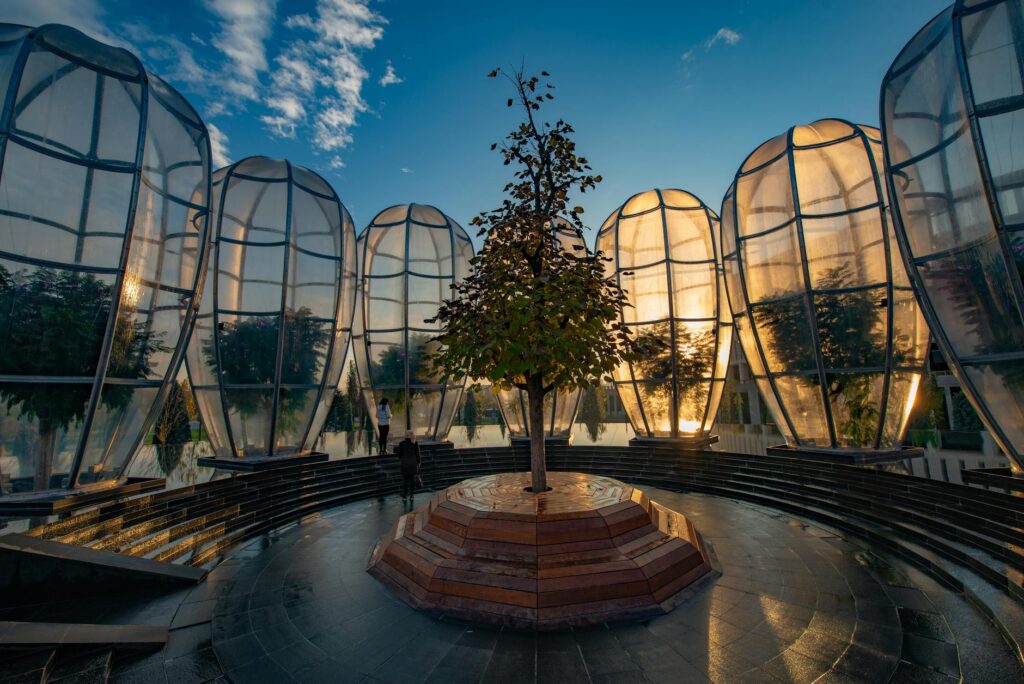Table of Contents
- Introduction to Modern Glasswork
- The Role of Technology in Glass Production
- Innovative Applications of Glass in Architecture
- Glass in Interior Design: Aesthetic and Functional Uses
- The Environmental Impact of Glass Production
- Future Trends in the Glass Industry
- The Importance of Quality in Glass Products
- Conclusion: The Endless Possibilities of Glasswork
Introduction to Modern Glasswork
Glassmaking has a storied history, ranging from the early techniques developed in ancient Mesopotamia to the refined skills practiced in Venice during the Renaissance. However, the materials and methods have evolved significantly, placing glass at the intersection of art and scientific innovation. In today’s landscape, Kennedyglass.com and similar experts contribute to a diverse industry that touches everything from architecture to consumer technology.
The evolution of glasswork is characterized by a shift from purely decorative to highly functional applications. In modern times, glass is a material for beauty and a critical component in technological advancements. This dual nature defines its ongoing significance and potential in various fields.
The Role of Technology in Glass Production
Technology dramatically reshaped glass production, introducing precision and efficiency to the industry. Automated systems can produce vast quantities of consistent, high-quality glass, while advanced machinery allows for crafting intricate shapes and patterns that were previously unattainable. This evolution is integral in meeting the diverse demands of today’s global market.
Additionally, digital modeling and simulation tools allow designers to extend the limits of glass capabilities, leading to groundbreaking architectural designs and products for consumers. This technological incorporation places glass at the leading edge of sustainable materials, which are crucial to construction and design approaches striving to fulfill contemporary ecological criteria.
Innovative Applications of Glass in Architecture
Architecture is a canvas on which glass demonstrates its full potential through form and function. Notable structures like the Louvre Pyramid and The Shard in London utilize glass to create light, airy spaces that foster a connection to the environment. Glass’s transparency and reflectivity enrich the architectural experience, enhancing both visual appeal and energy efficiency. As showcased in Architectural Digest’s exploration of the most innovative glass buildings, architects continue to push the boundaries of design, integrating glass in groundbreaking ways. Glass provides unique aesthetic opportunities while fulfilling functional roles like sound insulation and climate control. The structural capabilities of laminated and tempered glass allow architects to realize ambitious projects without compromising safety. Thus, glass is pivotal in achieving the grandeur and elegance coveted in modern architecture.
Glass in Interior Design: Aesthetic and Functional Uses
In interior design, glass has taken center stage for its versatility and transformative properties. From sleek partitions that open up spaces to decorative elements like stained glass that add color and personality, glass enhances the flexibility and creativity of interior environments.
The material’s illusion of space and capability to channel natural light is invaluable in residential and commercial designs. As sustainability becomes increasingly critical, design professionals turn to recycled glass elements to achieve green standards without sacrificing style or utility. This trend underscores glass’s role in pursuing environmentally responsible and aesthetically pleasing design solutions.
The Environmental Impact of Glass Production
Although glass production is traditionally energy-intensive, the industry is making strides to lessen its environmental impact. New methods, such as using electric furnaces powered by renewable energy and increasing the percentage of recycled glass in production, contribute to a more sustainable future.
Effective recycling practices significantly diminish the need for raw materials, lowering carbon emissions and energy consumption. These advances align with ecological goals and suggest a future where glass remains a sustainable choice for various societal applications.
Future Trends in the Glass Industry
Thanks to ongoing innovation and research, the future of the glass industry is brimming with possibilities. Smart glass technology, which can adjust transparency in response to environmental conditions, is increasingly popular in domestic and commercial settings. Solar glass, capable of generating power while serving as a building’s facade, is another promising development.
As these technologies mature, glass will likely find new applications in diverse industries, from automotive to consumer electronics, further cementing its role as a versatile and crucial material in modern life.
The Importance of Quality in Glass Products
Quality remains a touchstone for the glass industry, underscoring the importance of sourcing and production integrity. High-quality glass is synonymous with durability, safety, and optical clarity—all essential attributes for applications ranging from simple home windows to complex architectural edifices.
Attention to detail in production processes and a commitment to excellence contribute to glass innovations that inspire and endure.
Conclusion: The Endless Possibilities of Glasswork
Glasswork today is emblematic of creativity and technological prowess. As an ever-evolving field, glass offers limitless potential that transcends its traditional roles. The continued fusion of art and science promises to keep glass relevant and elevate its role in advancing society’s aesthetic, environmental, and technological aspirations.
In embracing this evolution, industries and designers can harness glass’s full spectrum of possibilities to refine and redefine spaces, contributing to a future that honors sustainability, innovation, and beauty.

